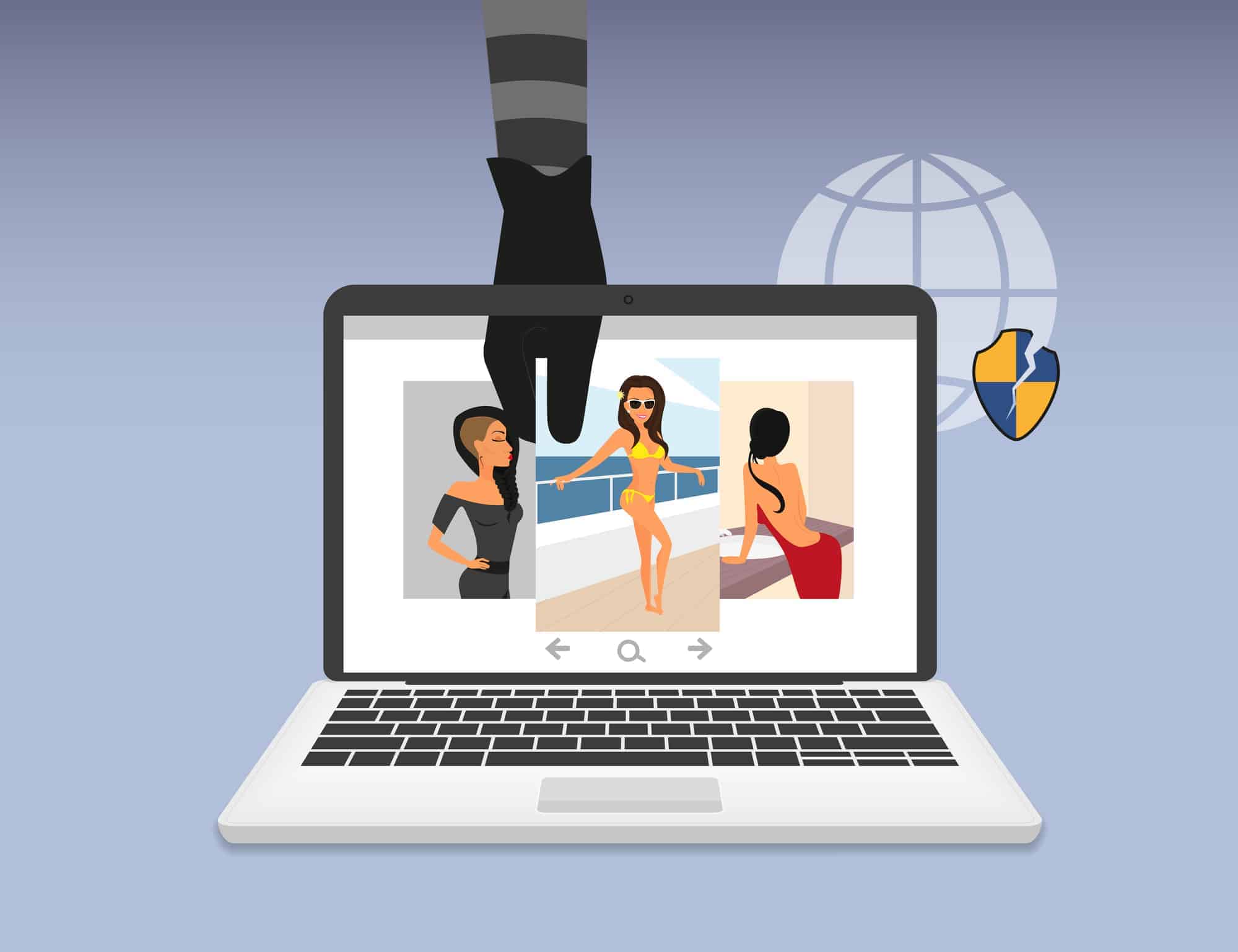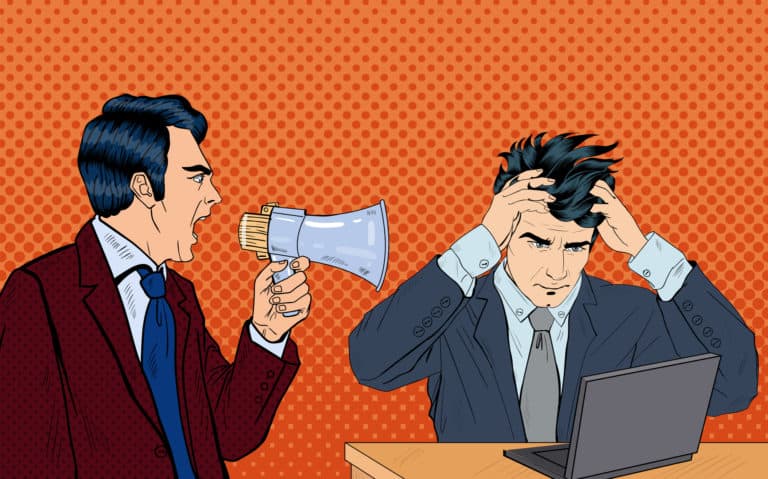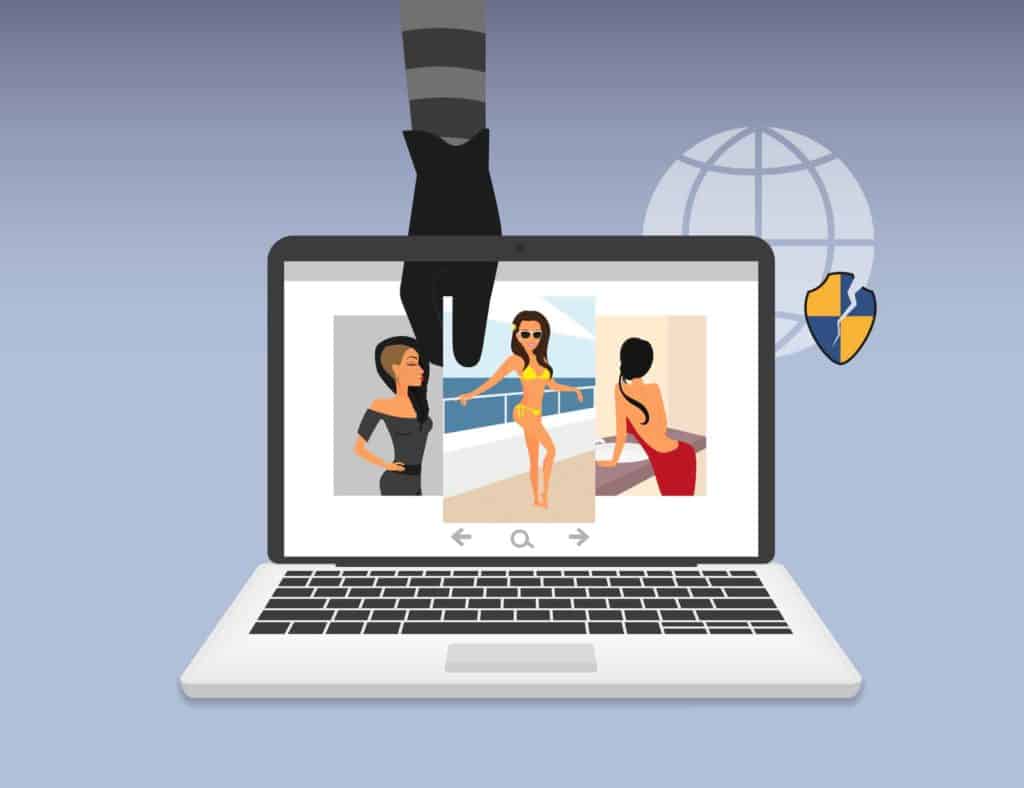
Using an image of unknown origin may not flood the brain with ideas of plagiarism, law suits, or legal topics – such as the Fair Use Act. But it should. Lifting an image for your own use (also known as ‘stealing’) is a dangerous game to play. Here’s why.
USA Network’s Suits was pretty great, wasn’t it? Even if it starred the Delightful Duchess. Most of the enrolling law students of the last nine years have probably come to the industry from watching it. I considered it too, until I fully understood what fiction was. Swanky cars, Gabriel Macht, NYC, a life without debt. What an enchanting existence, and enough drama to make Megan Markle burst into a cynically exploited victimhood used to suppress free speech. Yet, the other side of the coin isn’t quite as glam.
Fictional law programmes rarely cover the nitty-gritty of real life. For example, we are taught from Suits that running from drug dealers can lead to a career in law – purely by chance. Yet, Suits didn’t tell you all that can happen in the world is business. You didn’t see Mike Ross fighting for a client having suffered online image theft.
Receiving a Cease and Desist Order for copying and pasting an image of unknown origin is unlikely to yield a fresh three-piece suit from Armani, or ready you to deal some savage blows to your opponent in the courtroom. It’ll just bankrupt you for free. Something us millennials are already good at, without forced induction through plagiarism.
Get yourself a swanky cropping tool to rid that image of copyright watermarks (or other obvious identifiers) and – congratulations – the law will sucker punch you back into your overdraft by up to $25,000. That doesn’t even include lashings of attorney fees and damages.
I think there’s a theme here; don’t use images of unknown origin or without someone’s express permission. Simples, right?
Other Articles From The Team
The Dangers of Stealing Content and Plagiarism
Tread Carefully When Using Wikipedia For Digital Marketing
Why Are Core Values So Important
Avoiding plagiarism is a lesson taught young across the world. Stealing is a simple concept to understand for most of us, except for opportunistic Chinese car companies (the Landwind X7, anyone?).
However, when it comes to the internet realm, things can get slightly more opaque. Taking an image of unknown origin and dumping it on your blog doesn’t immediately conjure scenes of that red Subaru drifting away from a bank job in Baby Driver. ‘That’s hardly the same‘, I hear you baulk.
Does Education Mean It’s Not Plagiarism?

Copyright, when it comes to online media, is about as painful to understand as Kanye West attempting to enunciate a three syllable word.
Can you use the image of unknown origin?
If I find the author and credit them does that mean I get to circumnavigate a life sentence in an Iranian prison?
To be honest, no one typically knows. There are lots of grey areas in both English and American law. So, the short answer is probably not. If you’re unsure – simply don’t do it and avoid waterboarding yourself financially.
Your first step is some good old fashioned research. We have Google after all, why not give it a go? The Fair Use Act should be a buzz word for anyone involved with publishing material online where imagery is involved.
As the ‘Fair Use’ title suggests, it has that delightful airy essence of meaning absolutely nothing, whilst simultaneously laying out a billion rules that can each be debated to the end of time. Well, maybe not as bamboozling as that – but you get the idea.
Can You Use Images of Unknown Origin?

You could almost look at it like a convoluted and indirect decision tree from a video game, like Mass Effect or Fall Out.
Do I have the owner’s permission?
Can I contact the owner to confirm my usage?
If I can’t say yes to either of those and it truly is an image of unknown origin, can I have a justifiable argument for its use in the context of my online content?
Does it help if I ensure to credit them if they eventually come forward and I backlink to the original source?
If you’re offering content on a platform of education then yes, absolutely. Is your content a review of a product, for example? We’ll cover more on the law itself further down.
Let’s look an example. We have to face it, Apple knows how to do photography. Their stock photos of an iPhone will always look better than ours. Suppose you link that bad boy back to Apple and educate the world on why iPhones are *insert adjective here* (I know better than to urinate on that bonfire). You are therefore attempting to educate on a product or service by another company, and that’s fair – just as the Fair Use Act was intended.
However, use a photograph of someone else reviewing an iPhone without their permission and it’s slightly cloudier, shark-infested waters.
You are educating based on someone else having already educated others. Is their review a video, and your review a blog post? And are you commenting on the reviewer or the product itself? Again, that too changes the game once more. A screenshot of a frame from the video review with an embedded YouTube video in your post? More than likely a fair exchange of the Fair Use Act if you’re not just ripping someone else’s work.
How To Avoid Image Plagiarism With The Fair Use Act
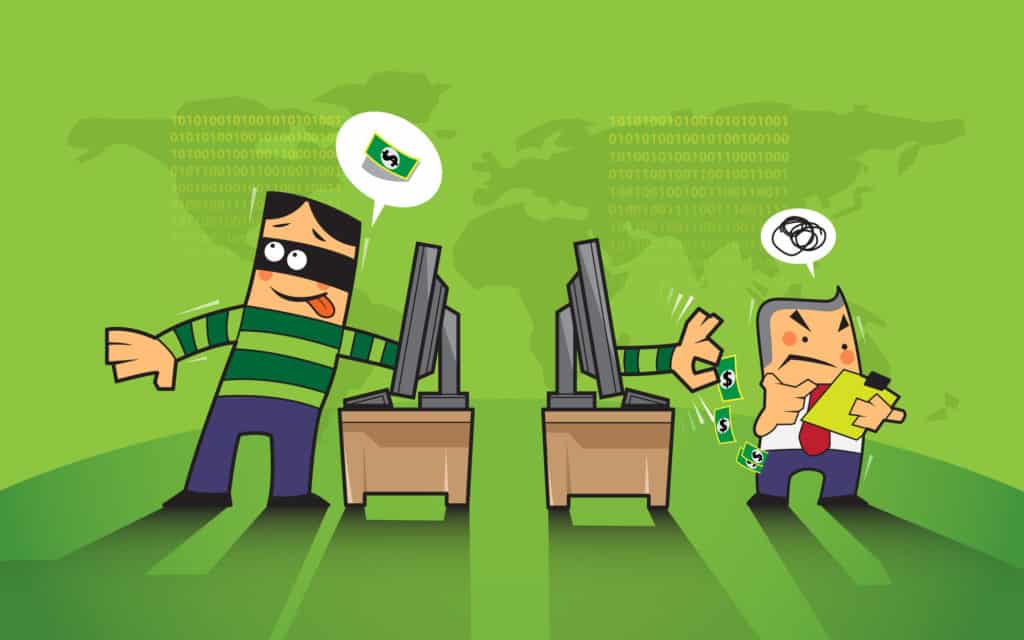
To elaborate and educate, here is section 107 from Title 17 of the United States Code (June 2020):
“Notwithstanding the provisions of sections 106 and 106A, the fair use of a copyrighted work, including such use by reproduction in copies or phonorecords or by any other means specified by that section, for purposes such as criticism, comment, news reporting, teaching (including multiple copies for classroom use), scholarship, or research, is not an infringement of copyright. In determining whether the use made of a work in any particular case is a fair use the factors to be considered shall include—
(1) the purpose and character of the use, including whether such use is of a commercial nature or is for non-profit educational purposes; 20 Copyright Law of the United States §108 Subject Matter and Scope of Copyright
(2) the nature of the copyrighted work;
(3) the amount and substantiality of the portion used in relation to the copyrighted work as a whole; and
(4) the effect of the use upon the potential market for or value of the copyrighted work. The fact that a work is unpublished shall not itself bar a finding of fair use if such finding is made upon consideration of all the above factors.”
Crikey, a fair wedge of content to digest. So, in its most granular form: don’t profit from other’s work if you’re not paying for its use, do educate others if you don’t pay for it and don’t sway market values of the copyrighted subject with your content. All this because of an image of unknown origin, blimey.
An Example of Using an Image of Unknown Origin
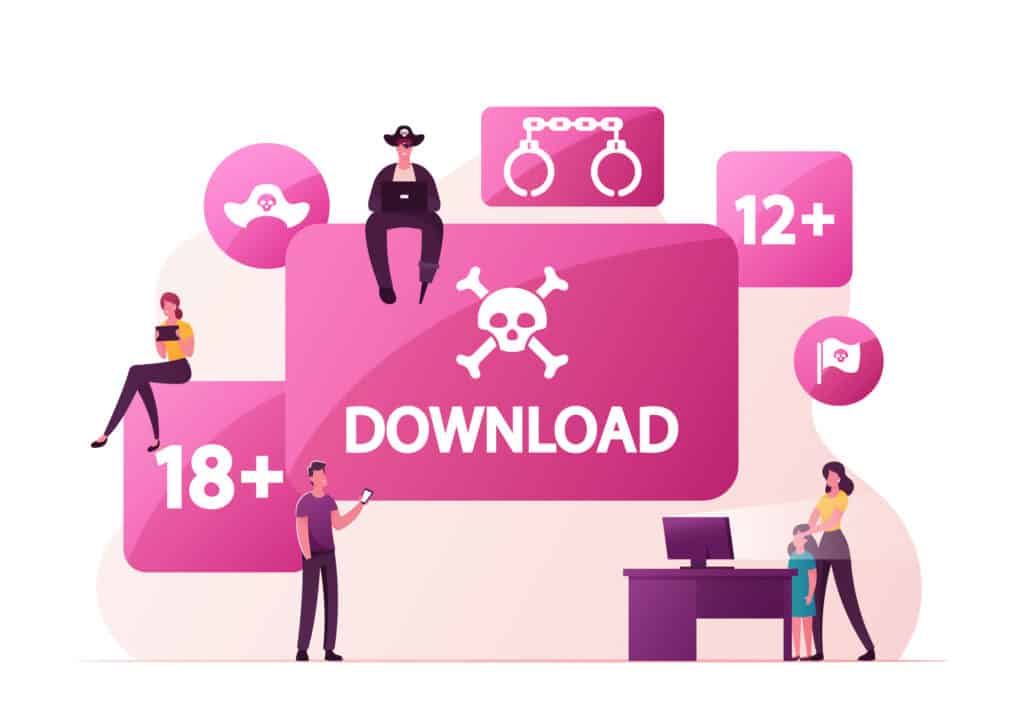
Many examples of this law-marinated black hole exist, some of which includes a recent tale from a friend whose images were used by a well known magazine. They chose to use an image of unknown origin without investigating the Fair Use Act. Despite being in the very industry of publications, these fellas weren’t too clued up on the copyright situation. As an international magazine you might imagine things like the Fair Use Act and copyright law involve some kind of department. You could be wrong.
Upon gazing into that inevitably sparse office you’ll find a Kenneth who’s drooling at his computer. “THAT ONE” he exclaims, in an accent that suggests limited brain function – and the deal is done. An image of unknown origin is placed, plagiarism is committed, emails are sent and the printers begin to whir. Glossy goodness lands in the laps of many around the globe. Up until the point the images in question find their way back to the original photographer who owned the images. Uh-oh. Kenneth made a boo-boo.
The owner of the photography was certain they hadn’t sold them, nor undertaken freelance work, or indeed any kind of hire or reward for these photos. Yet here they were, in a well-known magazine. The result – pure joy for the owner. Grab that five year old bottle of bourbon your ex’s Dad gave you one Christmas and make it rain.
Typically, it seems that if you find yourself in this situation most people charge around three times their freelance rate when catching the proverbial hand in the plagiarism cookie jar. Due to the stature of the magazine and their desire to avoid a PR tsunami of plagiarism related lawsuits, they paid whatever they had to, and Kenneth probably found himself sleeping in a kennel. Silly Kenneth.
Why Not Use Your Own Image Rather Than Fight The Fair Use Act?
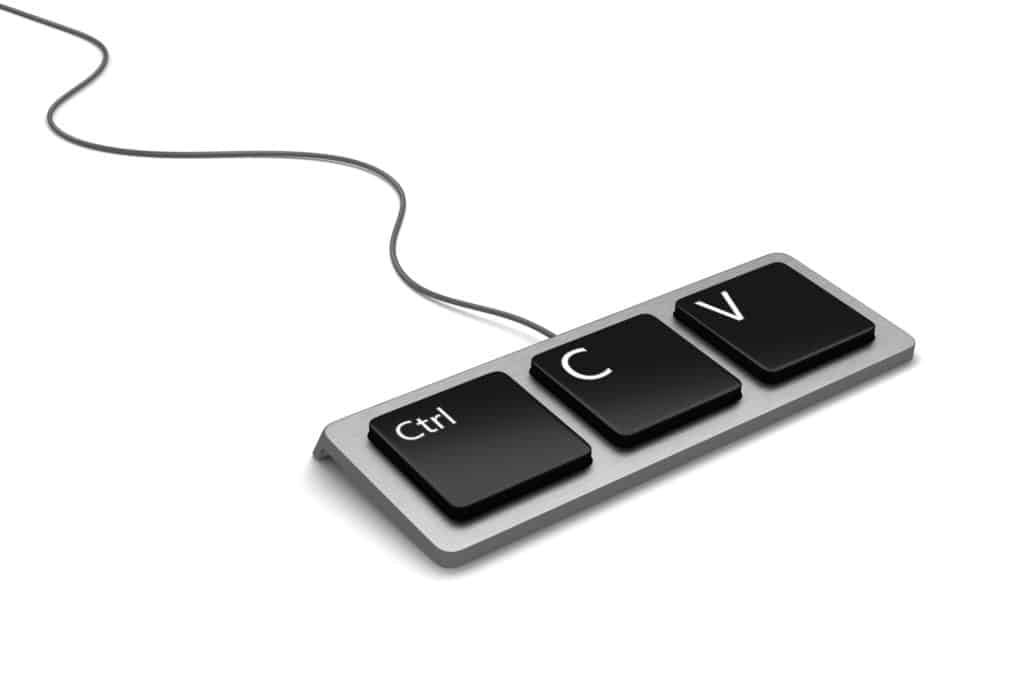
That particular tale is actually true, and whilst we won’t be brash enough to point directly at those involved with said plagiarism, that is a light-hearted version of what could be rather distressing and money grabbing for the publication, or indeed the person reading this blog post – you.
The likelihood is you won’t be dealing with a household brand, as typically they employ people on their ability to do more than just breathe. However, If you come across a company from a country with more lax laws, then you might be fighting an uphill battle.
Naturally, this is all from the perspective of the photographer, but how about the blogger? Whilst I poke and prod at metaphorical Kenneth, for those of us embarking on our digital journey – how are we to know what side of the plagiarism wall we sit? Worse still, where do I find this information? Depending on where you are, it could be anywhere.
A good keyword search involving ‘Fair Use Act’, or ‘Copyright’ should get you on the right track regardless from where in the world you’re searching. If, like me you have an anxious disposition having dealt with some real specimens in the past, perhaps consider investing in a camera course and a cheap DSLR, or Go Pro, so you don’t have to use an image of unknown origin. Quite simply, take your own pictures and craft your own images. Or how about buying some stock imagery? There’s plenty of stock imagery websites out there!
You would also avoid having the word ‘plagiarism’ shouted at you repeatedly from all corners of the internet. You may guffaw, but what’s a few hundred dollars investment in your equipment and skillset, compared to tens of thousands in court summons thanks to a poor understanding of the Fair Use Act? If thing’s are tight, how about your smartphone? My phone has an incredible camera.
This equipment needn’t cost you your next holiday to Mar A Lago either, and surely the comfort of knowing you cannot be sued for plagiarism is a good way to develop new business avenues in a stress-free manner.
If you’re sat shouting at your screen “I DON’T HAVE TIME”, then just promise me – you’ll get to know the law and live a happy existence. We have enough anxiety in this world, after all. Especially with all the developments that Meghan Markle is spouting.
And with that, back to Suits.
